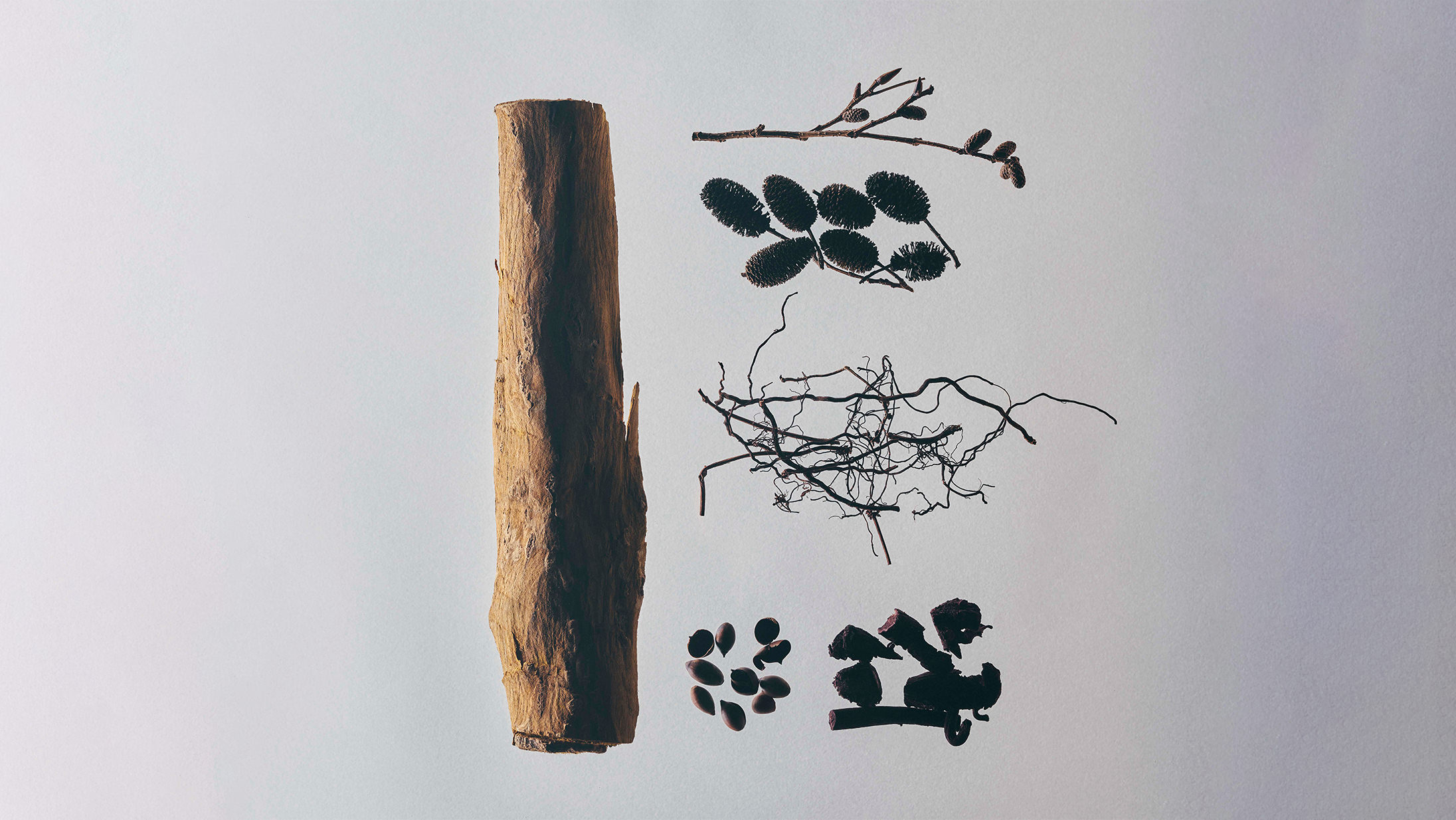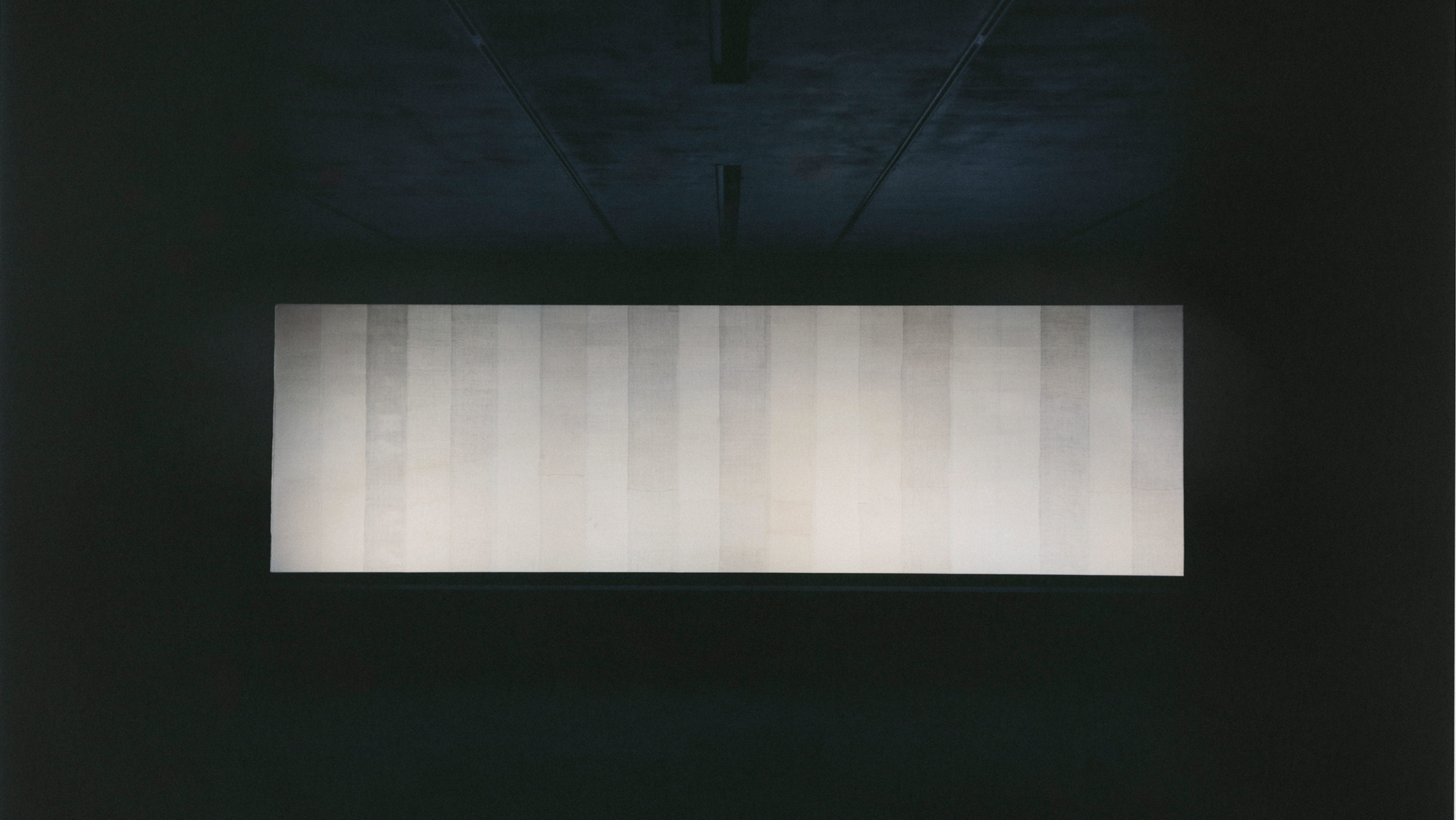
Reviving Ancient Plant Dyeing

In our pursuit of softness in textile materials, we have focused on and researched hemp fiber in addition to silk. We are working with Mr. Shinichiro Yoshida, a researcher of old fabric and an artist.
In Japan, hemp fabric has existed since the Jomon period. It was used for everything from the daily wear of the common people to religious services, such as clothing for priests, purification nusa (streamers attached to a pole), and shimenawa (sacred straw festoon). This exceptional fiber grows well with little water, has a low environmental impact, and is highly antibacterial. You may think of hemp as a hard, coarse material, but our research has discovered that Edo-period hemp fabric was very white and soft. Hemp fibers are stiff when newly woven, but the more they are used, the more they agree with the wearer’s skin and become whiter and softer.
So, why is 10,000-year-old hemp fabric now rarely used? The biggest reason is the Industrial Revolution. In Japan, too, the Meiji period brought a wave of industrialization to the silk reeling and textile industries under the policy to promote industries. However, hemp failed to catch the wave because it was a short fiber and could not be spun by machine.
Hemp is not long like silk, so its stems must be broken apart and joined into two- or three-meter-long fibers to make long yarn. If a spinning machine could be used, fibers can be twisted to form long yarn, but the method is not usable because hemp fibers are short. They had to be tied by hand. Today, we are about to lose 10,000-year-old hemp textile.

We want to revive white, soft, and highly antibacterial hemp fabric. With this hope in mind, Mr. Shinichiro Yoshida finally realized a method to machine spin hemp, based on his years of research. The success made it possible to use hemp yarn on a loom. In addition, HOSOO’s weaving technology laid the foundation to revive hemp as a versatile, double-width fabric. Our 2022 collection, Heritage Nova, was an innovative collection where hemp fiber met the tradition of Nishijin textile.